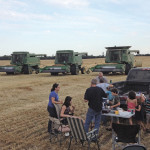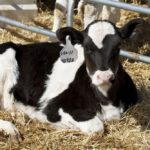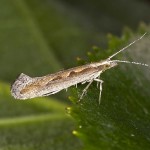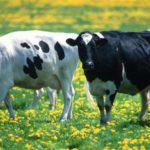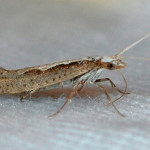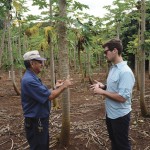Getting the farm crew together for a sit-down meal — even if it’s in the field or machinery shed — is about more than getting people fed a hot meal with a minimum of downtime. It’s also good for business. Cornell University researchers say workplaces that invest in good eats as well as good places



